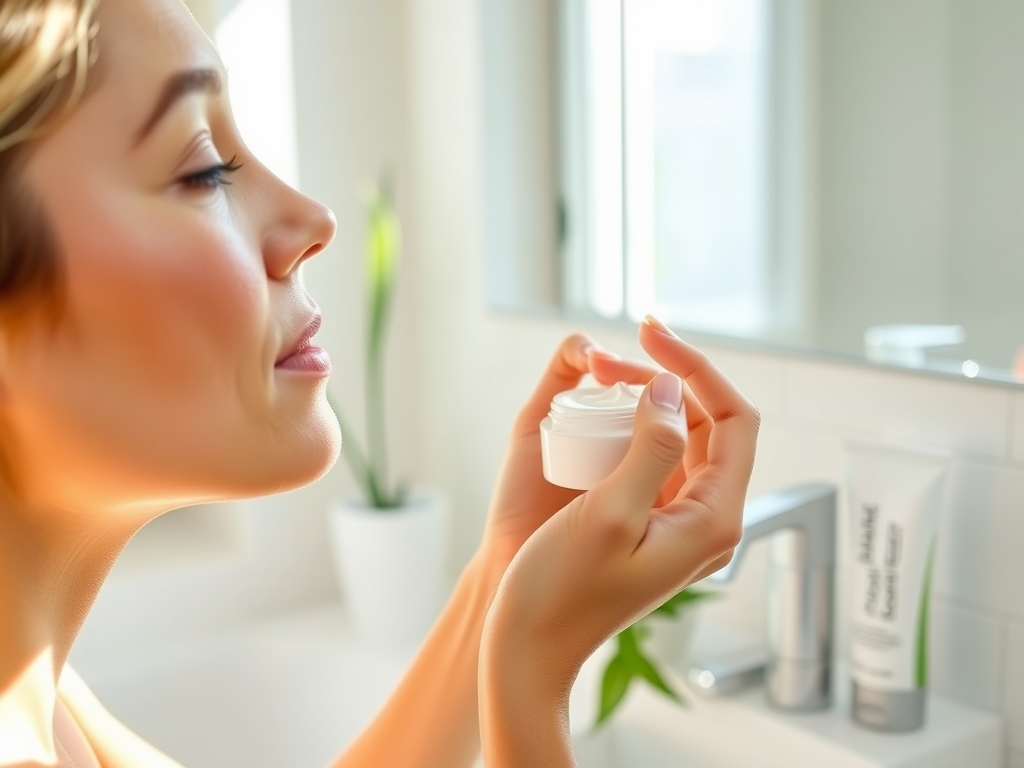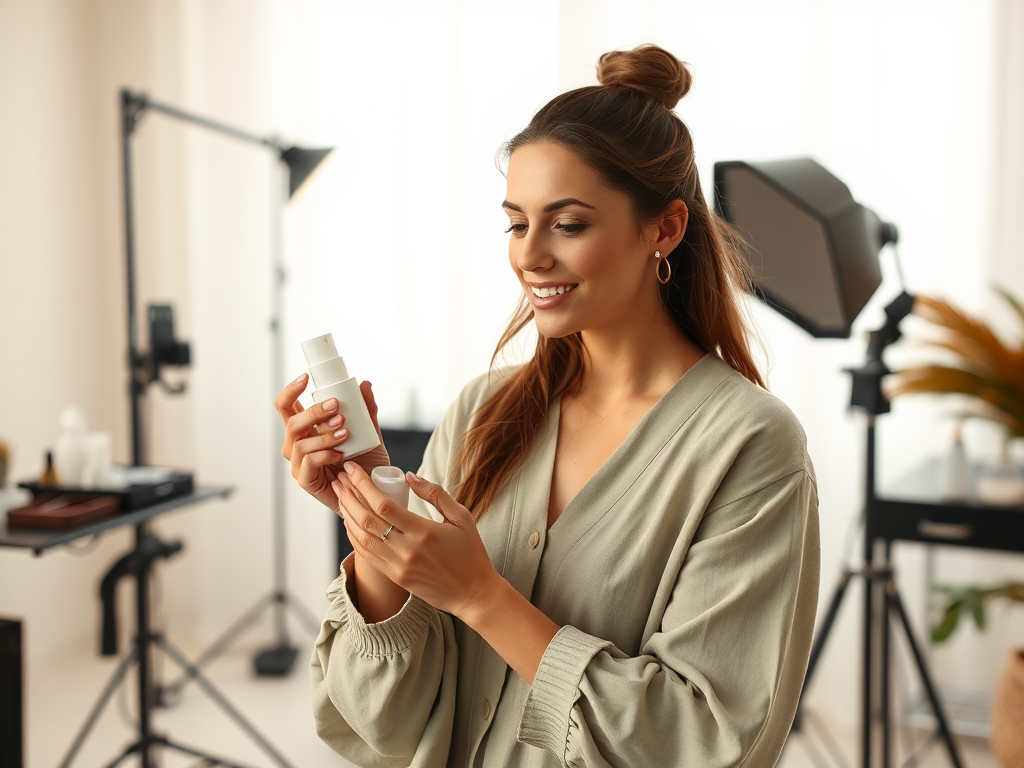In the world of skincare, the interaction between various products can often be a source of confusion. This is especially true when it comes to the proper application of moisturizer and sunscreen. Each product plays a vital role in the protection and nourishment of your skin. However, the question remains: should you apply sunscreen over or under your moisturizer? As the seasons change, so do our skincare needs, making it crucial to understand how to layer these products effectively. By diving into expert opinions and guidelines, we can uncover the best practices for your skincare routine, ensuring that your skin reaps all the benefits of both moisturizers and sunscreens. This article will guide you through the science, application techniques, and expert recommendations surrounding this essential skincare topic.
The Importance of Sunscreen

Sunscreen is often hailed as a non-negotiable element in any skincare routine, and for good reason. Its primary function is to shield the skin from harmful UV radiation, which is known to cause a myriad of skin issues, including sunburn, premature aging, and even skin cancer. Regular use of sunscreen can significantly reduce the risk of these conditions, allowing for healthier skin over time. Furthermore, with the growing awareness about the damaging effects of UV exposure, many experts emphasize the necessity of consistent sunscreen application. It is not just a summertime luxury; rather, it is a year-round commitment to skin health. The benefits of sunscreen extend beyond mere protection, offering hydration and sometimes, additional skincare benefits, depending on the formulation.
The Role of Moisturizer in Your Skincare Routine

Moisturizers are fundamental to maintaining skin hydration. They work by creating a barrier that locks in moisture and protects the skin from environmental aggressors. Depending on skin types—oily, dry, or combination—different types of moisturizers can provide varying degrees of hydration. For instance, gel-based moisturizers suit oily skin while cream-based formulations benefit those with dry skin. Beyond simple hydration, a well-chosen moisturizer can also boost the efficacy of your sunscreen. When the skin is well-hydrated, it can absorb and retain the protective qualities of sunscreen more effectively. This synergy between moisturizer and sunscreen is crucial for achieving optimal skin health.
Should You Apply Sunscreen Over Moisturizer?
The consensus among dermatologists is clear: sunscreen should always be applied over moisturizer. This layering method not only enhances the protective capabilities of your sunscreen but also ensures that your skin remains adequately hydrated. Applying sunscreen directly over a moisturizer creates a barrier that helps fortify the skin’s defenses against harmful environmental factors. Furthermore, this practice increases the longevity and effectiveness of your sunscreen throughout the day. By following a structured application routine, you can ensure that both products fulfill their intended purposes without interfering with each other. Let’s break down an effective layering process for these essential skincare steps.
| Step | Description |
|---|---|
| 1. Cleanse Your Face | Begin with a gentle cleanser to remove dirt and oil, providing a clean canvas for your skincare. |
| 2. Apply Moisturizer | Use a suitable amount for your skin type, allowing sufficient time for absorption. |
| 3. Apply Sunscreen | Apply a broad-spectrum sunscreen evenly, ensuring full coverage on your face and neck. |
For the best protection, consider implementing these expert tips into your routine:
- Choose a broad-spectrum sunscreen with SPF 30 or higher.
- Don’t skimp on the amount—aim for about a nickel-sized amount for your face.
- Reapply sunscreen every two hours, especially after swimming or sweating.
What the Experts Say
Leading dermatologists emphasize the necessity of layering sunscreen over moisturizer for enhanced skin protection. This practice is essential for comprehensive UV defense and better skincare results. Another crucial takeaway is that not all sunscreens are created equal—formulation matters significantly. Some sunscreens can be heavy or greasy, which may affect how they are applied over moisturizer. It’s beneficial to select light, non-comedogenic products that are suitable for layering. Finally, assessing skin type is essential when choosing both moisturizer and sunscreen; this helps ensure that each product complements the other, allowing for maximum benefits.
Conclusion
Applying sunscreen over moisturizer is not just a recommended practice; it’s a vital step in safeguarding skin health. This layered approach prevents skin from drying while simultaneously protecting against harmful UV rays. As skincare routines evolve with increasing product formulations, it remains essential to stay informed about optimal product application. Adhering to expert advice can significantly enhance the efficiency of your skincare routine, contributing to long-term skin health. With consistent and proper application, you can enjoy the benefits of hydration and protection simultaneously. Don’t underestimate the power of this simple yet effective skincare method.
Frequently Asked Questions
- Can I skip moisturizer if I use sunscreen? While you can use sunscreen alone, a moisturizer helps with hydration, especially for those with dry skin.
- What if my moisturizer already contains SPF? If your moisturizer contains SPF, you may not need additional sunscreen, but experts advise using a dedicated sunscreen for maximum protection.
- How long should I wait after applying moisturizer to put on sunscreen? It’s best to wait about 5-10 minutes for the moisturizer to fully absorb before applying sunscreen.
- Can I use the same sunscreen for my face and body? While you can use the same sunscreen, it’s often recommended to use a sunscreen specifically designed for the face, as these typically have additional skin-friendly ingredients.
- Is it necessary to apply sunscreen indoors? Yes, UV rays can penetrate windows, so applying sunscreen indoors, especially if you’re near windows, is still essential for skin protection.
